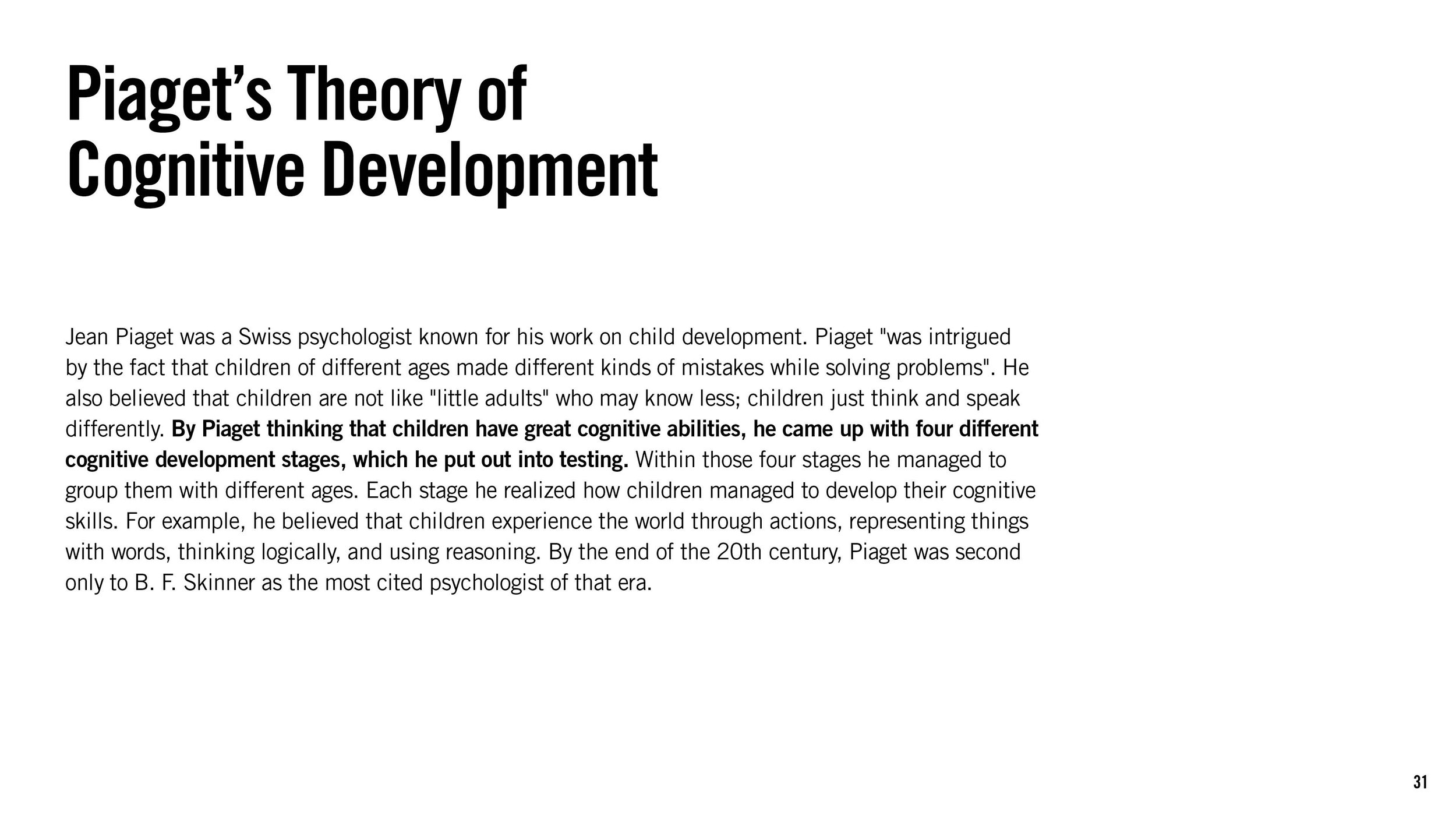Noah’s Toy Store
A toy store for everyone’s inner 6 year old
2020
Experience Design
The Brief
Noah’s is a chain of British toy shops with a long and storied history. But with internet and e-commerce providing stiff competition to traditional stores, the role of the toy store needed to change. The physical space needed to provide a unique shopping experience that was both distinct from, and complimentary to, the online store.
Design Research
I started by looking back at the history of Noah’s and deconstructing the brand. In parallel, I began to observe, interview and better understand the people that visited the store.
After an initial dipstick, I observed that customers fell into 3 categories:
The Traditional Toy Buyer
This category typically consisted of parents shopping with, and for, their children. The children decide on the toys and then bargain with their parents, who make the actual purchase.
The Gift Giver
Adults buying toys for relatives, friends or friends’ children. They visit the store with a specific budget in mind (but may not have a specific toy in mind), and intend to leave with a gift in hand.
The Nostalgia Buyer
Older children and adults who continue to buy toys. These could be board games, collectibles, or memorabilia or display pieces. Their choices are often (but not always) driven by an emotional connection to a certain brand, or nostalgia for their youth.
I conducted 10 in-depth interviews to better understand the mindsets and needs of these different toy buyers.
In addition, I found there were 2 '“shopping states”:
Purchase Driven and Exploratory
While some entered the store with a specific product, or intention to purchase a gift; many entered the store to browse, to explore or to simply just play with the toys.
Secondary Research
Alongside the primary research interviews, I studied market reports, trend reports and even academic papers to better understand the direction that the market was moving. This helped ensure that any solution would be future proof.
Design Insights
The findings from the primary and secondary research were boiled down into a set of actionable insights to help define the design concepts for the space.
The Concept
The goal of the new design was to balance the needs of the 3 different types of customers and the 2 different shopping states.
A central retail space with clean, clutter free displays appeals to Purchase driven customers, who want to help making a selection, and want a quick purchase.
Themed engagement zones on the periphery allow for deeper immersion and engagement for Exploratory customers of different ages.
Facade with Window Installations
Entrance
Main Retail Space
Arts & Crafts Zone
Puzzles and Board Games
Cash Desk
Building Blocks Zone
Book Nook
Toy Car Garage

















































